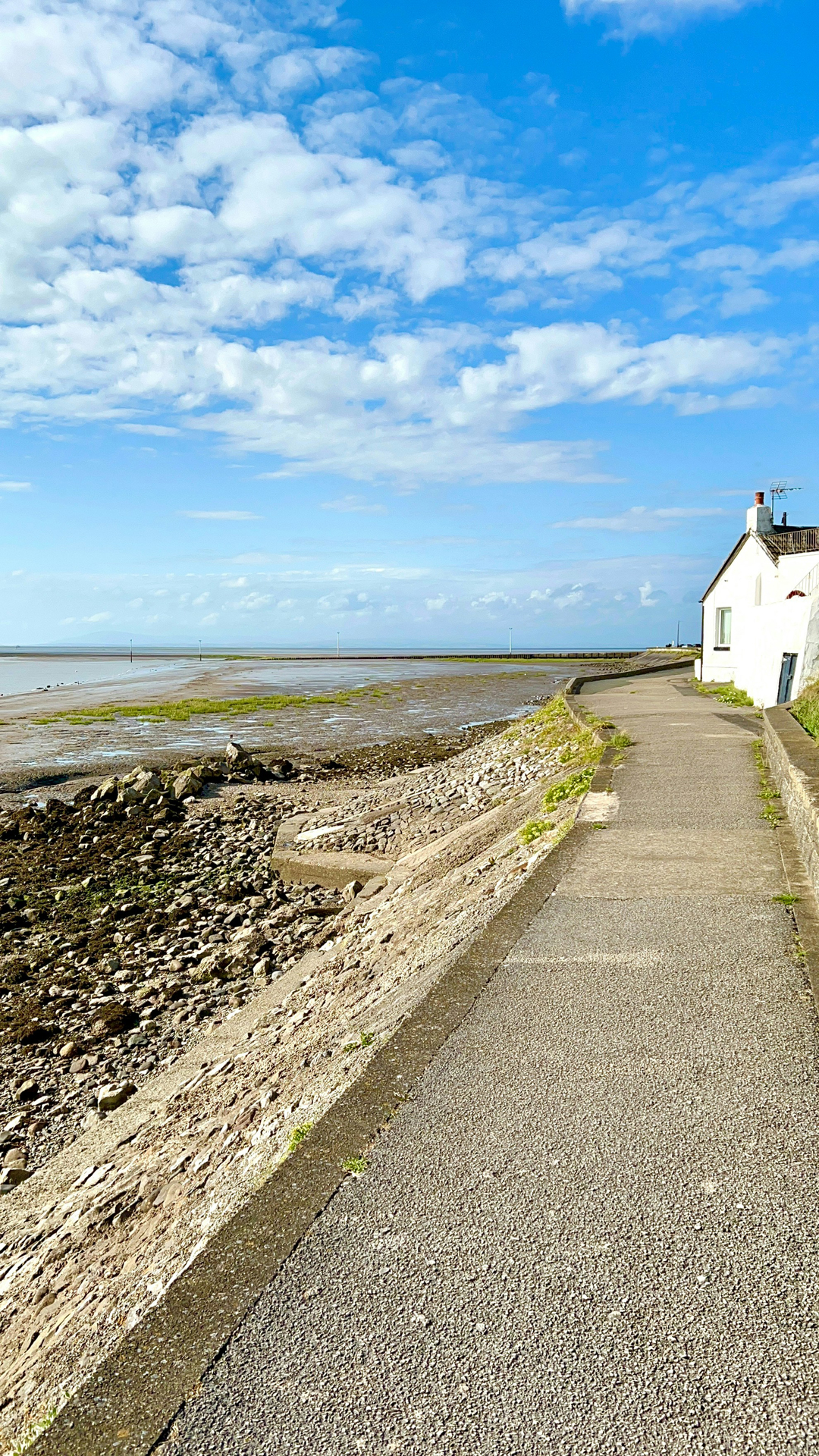
From Evidence to Opportunity
Having reviewed the Strategic Overview of Lancashire’s Growth Plan, we now explore the evidence underpinning the case for growth.
The Plan itself describes Lancashire as ‘a place of scale and potential, contributing £40 billion to the UK economy with a population of 1.53 million and 728,000 jobs’ – but also one that underperforms on productivity and pay.
As project professionals, we see this as both a challenge and a call to action:
success doesn’t depend solely on reaction, but on disciplined delivery too.
The Case for Growth
The Lancashire Growth Plan makes a clear argument:
Lancashire already has the economic weight to compete – the opportunity now is to turn that scale into greater and more sustainable value.
As one of England’s most significant county economies, Lancashire contributes substantially to national growth. Its scale, assets, and deep talent pool provide the foundation for a genuine step-change in performance. But scale alone is not enough.
The challenge lies in how we use it – by aligning investment, innovation, and infrastructure with the needs of businesses and communities.
When Lancashire connects its strengths with shared purpose and effective delivery, it can transform potential into real progress – creating value that is not only measured in economic output, but in confidence, capability, and opportunity for all.

The Growth Plan highlights a county “exceptionally well-positioned for renewed growth”, supported by world-class strengths in advanced engineering, nuclear and clean energy, and growing clusters in digital and AI.
As the Plan’s foreword declares:
“It’s Lancashire’s time.”
Turning that statement into measurable outcomes will rely on coordination, innovation and a culture of shared delivery across sectors.
That means local authorities, education providers, and businesses working side by side to unlock common goals – for example, aligning skills development with the growth of clean energy and advanced manufacturing.
When collaboration of this kind becomes the norm rather than the exception, Lancashire can move beyond ambition and start demonstrating tangible results – stronger supply chains, better jobs, and a more resilient regional economy. With the second largest economy in the Northwest and the sixth largest in county terms across England, Lancashire is already a major contributor to the UK economy. The case for growth is therefore not about potential alone, but about realising existing strengths through coordinated investment, innovation, and development.
From our own experience delivering large-scale transformation and consolidation projects, we’ve seen how collaboration between public bodies, private enterprise, and communities can turn ambition into action. The same principles apply here: how do we connect Lancashire’s established industries, emerging talent, and strategic assets to deliver value faster and more inclusively?
The opportunity now lies in moving from strategy to shared delivery — ensuring growth is something done with Lancashire, not to it.
The Growth Drivers
The Growth Drivers are not abstract ideas but the practical levers — the foundations for translating ambition into outcomes:
- Size and Scale.
- Lancashire is a nationally significant economy (worth £40 billion), with almost a million working-age residents.
- Advanced Engineering & Manufacturing (AEM).
- Contributes £6–7 billion a year (around 18% of Lancashire’s GVA) – more than twice the national average. This sector anchors Lancashire’s global reputation in aerospace, vehicles, chemicals, and energy.
- High-Productivity Clusters.
- Especially around Samlesbury, Warton, Preston, and Blackburn, where productivity levels exceed the UK average.
- Job Density.
- Lancashire has a broadly sustainable balance of jobs to residents; the challenge is creating better-quality, higher-value jobs for its residents.
- Economic Corridors.
- The M55–M65 Central Belt, coastal regeneration zones, and the Lancaster innovation corridor give the county geographic strength if properly connected.
Together, these drivers reflect what the Plan calls “Lancashire’s unique economic DNA – industrial capability, innovation capacity and geographic diversity” forming the basis for delivery at pace and scale.

The Challenges to Growth
Balanced against these strengths are five inter-linked challenges the Plan recognises must be managed if Lancashire is to convert its potential into real results:
- Lagging Growth Rates
- Lancashire’s economic growth has stalled relative to neighbouring combined authorities, widening the productivity gap.
- Over-Reliance on AEM
- While a clear strength, it leaves Lancashire vulnerable unless balanced by knowledge-based and digital sectors.
- Poor East–West Connectivity
- A barrier to collaboration that suppresses productivity compared to areas with integrated transport.
- Stagnant Investment
- Both public and private investment levels have flatlined, leaving Lancashire behind better-capitalised regions.
- Economic Inactivity
- Rising inactivity and an ageing population put pressure on the workforce and local services, lowering productivity potential.
Each can be mitigated through clear governance, strong partnerships and more consistent investment sequencing – elements that separate strategy from execution!
Local Focus
For our immediate area (Morecambe, Heysham, and Lancaster), the challenge isn’t job numbers, it’s job value and creating higher value roles for these residents.
The Plan describes Lancaster as “a smaller but significant cluster of activity with strengths in renewable energy and health innovation, connected to the Central Belt via the M6 and West Coast Main Line”; Morecambe Bay is highlighted as an area with “strategic potential for tourism, clean energy and environmental innovation” supported by transformational projects such as Eden Project North.
These initiatives, alongside Heysham’s established energy infrastructure and Lancaster’s university-led innovation ecosystem, provide the building blocks for higher-value, sustainable employment.
Locally, this means focusing future investment on connecting these assets — ensuring that transport, digital and energy infrastructure align with local skills and enterprise to make growth truly inclusive and deliver long-term value for the communities that call the Bay home.

Turning Ambition into Delivery
The Growth Plan outlines a decade of strategic investment that could reshape Lancashire’s economy – modernising transport, accelerating the clean energy transition, strengthening digital infrastructure, and regenerating both urban and coastal communities. Yet investment alone is not enough. Success will depend on careful prioritisation, methodical governance and accountability through the LCCA, and balanced growth that lifts the whole county.
In our work supporting complex projects across the UK, we see the same truths reflected: joined-up governance, sustainable infrastructure, and transparent delivery are what turn ambition into measurable success. The Lancashire Growth Plan’s ambition aligns with these realities. To execute it effectively, Lancashire must turn strategy into structured programmes supported by clear governance, shared accountability, and measurable outcomes.
That means delivery boards with authority to act, consistent project management disciplines across institutions, and shared data to track progress and risks in real time. These are the practical enablers of transformation – the difference between plans that promise and plans that perform. Lancashire’s advantage will come not just from what it delivers, but how it delivers – through leadership, coordination, and a culture of delivery that others will want to follow.
In our final article, we’ll explore what it will take to make delivery a reality, analysing the risks, dependencies, and success factors that will define the next decade.

Ready to take control of your projects?
Let’s have a chat. We’ll start with a no-pressure conversation to see where you might need help so we can get your team where they need to be.
Contact us today for a FREE consultation:
office@northstarprojects.co.uk
+44 1524 233 755



















